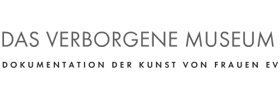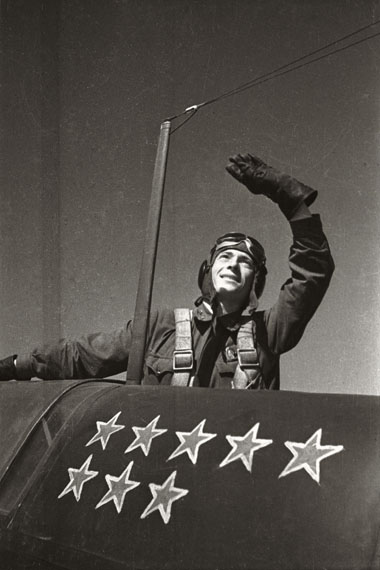
© FotoSojus, Moscow
Wartime and Adventure / Kriegsalltag und Abenteuerlust
Women Photojournalists in Europe 1914 – 1945 / Kriegsfotografinnen in Europa 1914-1945
Eva Besnyö » Natalja Bode » Christina Broom » Käthe Buchler » Mairi Chisholm » Olive Edis » Vera Elkan » Florence Farmborough » Ruth Hallensleben » Elsie Knocker » Germaine Krull » Olga Lander » Olga Lander » Alice Schalek » Ilse Steinhoff » Gerda Taro » Edith Tudor Hart »
Exhibition: 28 Sep 2017 – 25 Mar 2018
Wed 27 Sep 19:00
"Wartime and Adventure"
Women Photojournalists in Europe 1914 – 1945
Exhibition: 28 September 2017 – 11 February 2018
(closed 21 December 2017 – 3 January 2018)
Opening: Wednesday, 27 September, 7 pm
Das Verborgene Museum shows about 70 spectacular photographs, graphics, magazines and documents of European women photographers on the war scenarios of 1914-1945 at the front and home front.
Between 1914 and 1945, during the two international wars of aggression and the Spanish Civil War, women took part as war correspondents, whether as professional photographers and journalists, or as amateur photographers or nurses with cameras. They witnessed the care of the wounded in field hospitals, troop entertainments at base and military conflict along the lines, just as they recorded life at home on the domestic front. They opposed the Kaiser, fascists and Nazis, but being female does not automatically mean being a pacifist. For example the Austrian Alice Schalek was fascinated by war. Schalek, the first woman to be accredited as a war photographer, enthusiastically accompanied soldiers as far as the Isonzo mountains in 1914-16, and her verbal skirmishes in the press with the Viennese pacifist Karl Kraus caused quite a stir. In Germany, women were not allowed onto the battlefields, but most middle-class women proudly volunteered for any task to support the home front. The amateur photographer Käthe Buchler portrayed them in such roles as tram conductor, postwoman or night watchwoman, mobilising their efforts with slide lectures.
In Britain, it was the suffragettes who fought for women’s right to vote and then, when war broke out, their right to serve in the war. The exhibition shows works by a professional studio portrait photographer from London and snapshots by nurses who, in Belgium and in Russia, documented the care of the wounded and everyday war in camp. Little attention has so far been paid to the women who chronicled the Spanish Civil War, with one exception: Gerda Taro is currently the best-known female war photographer in Europe. Her photos are a political indictment of war, and she focuses on the people, not the weaponry or military events. She met a cruel death while at work among Republicans on the front ranks.
World War II saw more women from different countries taking pictures. In winter 1944, Germaine Krull provided detailed reportage from the Allied liberation of Alsace for the military press agency of the Free French forces; Eva Besnyö, exiled in the Netherlands as a persecuted Jew, took photographs of the German destruction of Rotterdam in 1940, before she went into hiding. The Soviet war correspondents Natalya Bode and Olga Lander made a sensational contribution. Working for the Red Army, they provided pictures for major newspapers, magazines and agencies. We only have a sketchy idea of their lives and work, but their photographs, taken at scenes like the Battle of Stalingrad, are unique documents. Yet when they returned to civilian life, they encountered much distrust and contempt.
The exhibition ends with a few specimens from the scantily researched history of German women working as photographers in World War II. From occupied Libya (1942) and the Balkans (1941-43), Ilse Steinhoff provided pictures for conforming Nazi publications like "BIZ", "Signal" and "Die Wehrmacht".�
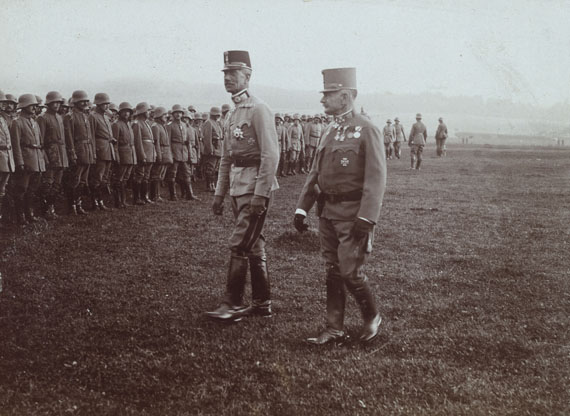
© Austrian National Library
Kriegsalltag und Abenteuerlust
Kriegsfotografinnen in Europa 1914 – 1945
Ausstellung: 28. September 2017 bis 11. Februar 2018
(Geschlossen: 18. Dezember bis 3. Januar 2018)
Eröffnung: Mittwoch, 27. September, 19 Uhr
Das Verborgene Museum zeigt rund 70 spektakuläre Fotografien, Grafiken, Zeitschriften und Dokumente europäischer Fotografinnen zum Kriegsgeschehen 1914 – 1945 an Front und Heimatfront.
Fotografinnen, Journalistinnen, Amateurfotografinnen und fotografierende Krankenschwestern waren zwischen 1914 und 1945 an den beiden Angriffskriegen in Europa sowie am Spanischen Bürgerkrieg mit und ohne Akkreditierung als Kriegskorrespondentinnen beteiligt. Sie haben die Versorgung der Verwundeten im Lazarett, die Betreuung der Soldaten in der Etappe und den Krieg aus nächster Nähe an der Front ebenso wie das Leben zu Hause an der Heimatfront dokumentiert. Sie waren überwiegend gegen Wilhelminismus, Faschismus und Nationalsozialismus eingestellt, aber weiblichen Geschlechts zu sein, bedeutet nicht zwangsläufig Pazifistin zu sein. Die Österreicherin Alice Schalek beispielsweise war vom Krieg fasziniert.
In England waren es die Suffragetten, die für das Wahlrecht der Frauen und mit Beginn des Krieges auch für ihren Einsatz im Krieg gekämpft haben. Die Rolle der Fotografinnen als Dokumentaristinnen des Spanischen Bürgerkriegs fand bisher mit einer Ausnahme kaum Beachtung: Gerda Taro ist heute die bekannteste Kriegsfotografin in Europa.
Die internationale Teilnahme fotografierender Frauen steigt im Zweiten Weltkrieg weiter an. Im Winter 1944 hat Germaine Krull für den militärischen Pressedienst der Freien Französischen Streitkräfte über die Befreiung des Elsass durch die Alliierten eine ausführliche Reportage gemacht; Eva Besnyö hat als verfolgte Jüdin in den Niederlanden lebend, 1940 Rotterdam nach der Zerstörung durch die deutsche Luftwaffe fotografiert. Sensationell sind die Beispiele zweier sowjetischer Kriegskorrespondentinnen, Natalja Bode und Olga Lander, die im Dienst der Roten Armee für die zentralen Presseagenturen fotografiert haben. Ihr Leben und ihre Arbeit sind nur in groben Zügen rekonstruiert, ihre Bilder u.a. vom Krieg um Stalingrad sind einmalige Dokumente und werden außerhalb der Sowjetunion hier zum ersten Mal gezeigt.
Die Ausstellung schließt mit wenigen Beispielen des unbearbeiteten Kapitels deutscher Fotografinnen im Zweiten Weltkrieg. Ilse Steinhoff z.B. fotografierte in den besetzten Gebieten auf dem Balkan 1941-43 für die gleichgeschaltete nationalsozialistische Presse, u.a. die "BIZ", "Signal" und "Die Wehrmacht" sowie 1942 in Libyen.
�
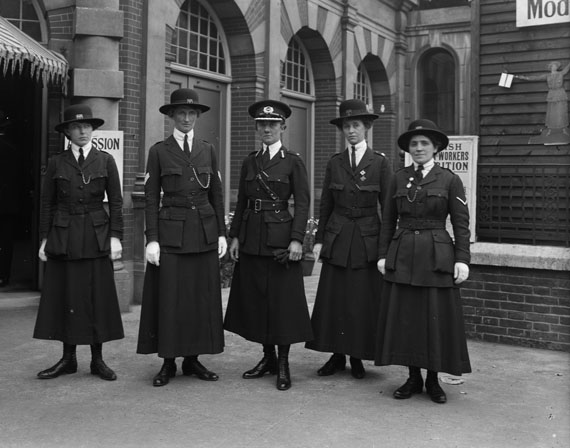
receive instructions for the Womens War Work Exhibition, Knightsbridge, London, May 1916
© Imperial War Museum
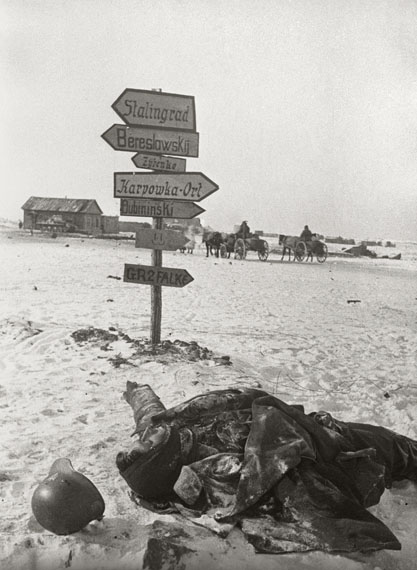
© FotoSojus, Moskau
